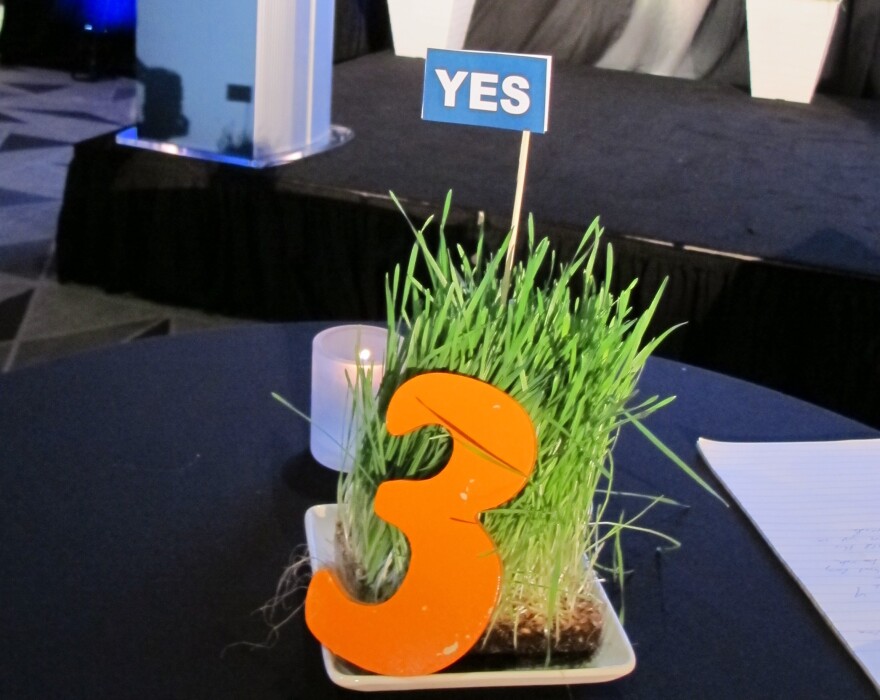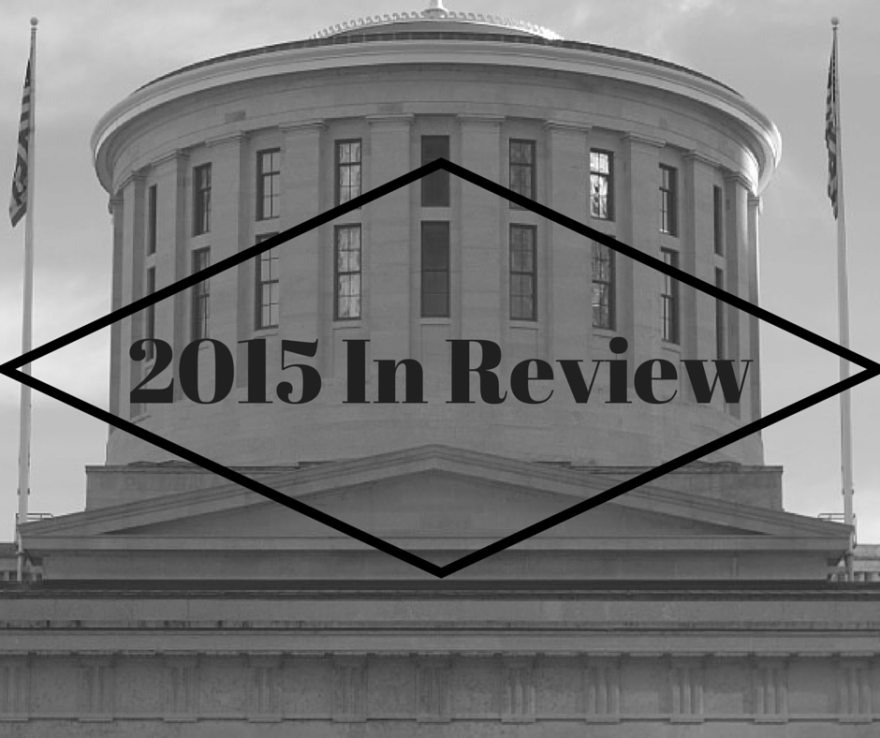Plans to legalize marijuana in Ohio went up in smoke in 2015. But the failed ballot issue from this November is not the end of the story.
When 2015 began, there were a few different groups that were taking steps to put some sort of issue on the ballot to legalize pot for personal or medical use, or both. But by the time summer came around, only one of those proposals was destined to make it to the ballot. It was the one bankrolled by a group of investors who would have exclusive growing facilities at ten pre-specified sites throughout the state.
The ResponsibleOhio plan would have also allowed Ohioans to grow up to four pot plants on their own if they got a $50 license. And anyone 21 or older would be able to buy and use pot for recreational or medicinal use - which would have made Ohio the first state in the nation to do that in a single vote.
The Executive Director of ResponsibleOhio, Ian James, said it would bring to the state $554 million dollars each year in tax revenue and up to $2 billion in related economic growth. And the bulk of that money would have gone back to local governments.

“Let’s finally get to the point of creating jobs from this new industry, let’s tax this marijuana, let’s use this marijuana to fund our safety services, to fund construction and repair of bridges and deal with the infrastructure that is collapsing around us in our communities. Let’s fill pot holes with pot money,” said James.
But there was a big problem. Most of Ohio’s cities didn’t like the plan. Ditto for business organizations. Another ditto for health groups. More than 150 groups came out against the proposal.
And Ohio’s Republican leaders hated the plan so much that they put another issue on the ballot, one meant to keep monopolies out of the constitution, that would have nixed ResponsibleOhio’s plan if it had passed. Secretary of State Jon Husted was one of the most outspoken supporters of Issue 2. And he was instrumental in making sure the word “monopoly” was listed in the title of ballot language for ResponsibleOhio’s plan.
“The folks who wrote this, if they didn’t want it called a monopoly, then they shouldn’t have created a monopoly. That’s what it is,” said Husted.

A group called Ohioans Against Marijuana Monopolies mobilized to fight the pot plan. It was headed up by long time state government veteran and lobbyist Curt Steiner.
“When you have a situation which this one allow in which basically every Ohio couple can have more than a pound of dope in their house legally I guarantee some of that will be sold to people on the black market. So this was not done to stop the black market. This was done to line the pockets of rich investors who put the proposal together,” said Steiner.
James fought back.

“I really like Curt a lot but unfortunately, he is the Ron Burgundy of campaigns. You write a line on a one dollar bill and he’s going to say it.”
There were lawsuits. And there were bad ideas, like ResponsibleOhio’s mascot, Buddie. It was a life-sized cartoon like, muscular character that had a bud of pot as its head. Buddie was supposed to appeal to college students throughout Ohio, but opponents feared it would entice children. So Buddie laid low for much of the campaign.
In the end, nearly $22 million was spent by investors in the plan, including more than $5 million to Ian James' consulting firm. It was the most expensive marijuana campaign in the nation’s history. The opposition effort, in contrast, spent a little more than $2 million dollars. In the end, nearly 64% of those who voted rejected the pot legalization plan which amounted to about $17 spent by supporters for each "yes" vote. And that anti-monopoly measure narrowly passed.
But James says ResponsibleOhio intends to put another pot legalization plan on the ballot in November of 2016.

“They realize it’s not a matter of if marijuana is going to be legalized, it’s a matter of when. They want to be there at the forefront of legalization,” said James.
Other groups that support marijuana legalization say they are interested in putting their own marijuana plans on the ballot as well. So when voters go to the ballot in 2016 to pick a president and a senator, they might also be picking a pot plan too.




